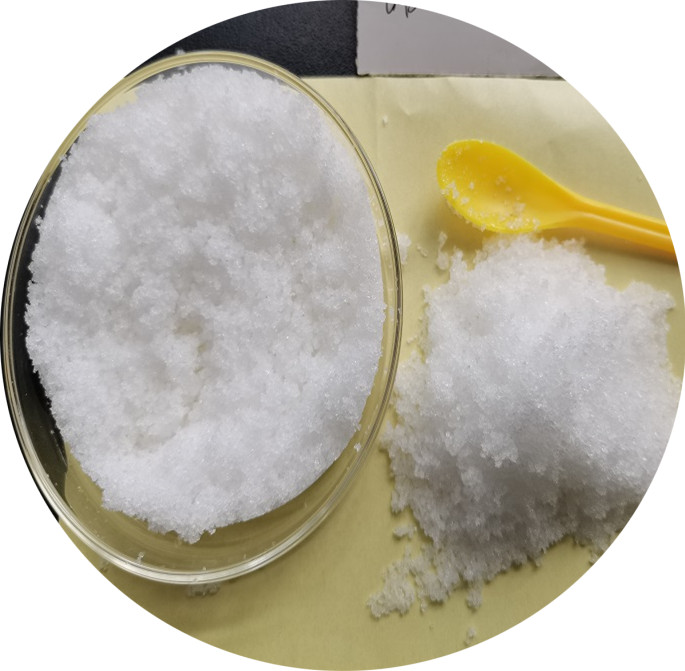Surfactants are a class of chemical substances widely used in daily life and industrial production.
They have the characteristics of reducing liquid surface tension and enhancing the interaction ability between liquid and solid or gas.
TMAO, Trimethylamine oxide, dihydrate, CAS NO.: 62637-93-8, is a surface active agent and surfactants, can be used on washing aids.
TMAO's weak oxidants
Trimethylamine oxide, as a weak oxidant, is used in chemical reactions for the synthesis of aldehydes, oxidation of organic boranes, and release of organic ligands from iron carbonyl compounds.
- Structure of surfactants
Surfactants are divided into two parts: hydrophilic groups and hydrophobic groups. A hydrophilic group is a polar group composed of atoms such as oxygen, nitrogen, or sulfur that are hydrophilic. Hydrophobic groups are hydrophobic parts, usually composed of non-polar groups such as long-chain alkyl or aromatic groups. This structure allows surfactants to interact with both water and hydrophobic substances such as oils.
- The mechanism of action of surfactants
Surfactants form a molecular layer on the surface of liquids, known as an adsorption layer. The formation of the adsorption layer is due to the formation of hydrogen bonds between the hydrophilic groups of surfactant molecules and water molecules, while the hydrophobic groups interact with air or oil molecules. This adsorption layer can reduce the surface tension of the liquid, making it easier for the liquid to wet the solid surface.
Surfactants can also form micelle structures. When the concentration of surfactant exceeds the critical micelle concentration, surfactant molecules will self assemble to form micelles. Micelles are small spherical structures formed by hydrophilic groups facing the aqueous phase and hydrophobic groups facing inward. Micelles can encapsulate hydrophobic substances such as oil and disperse them in the aqueous phase, thereby achieving emulsifying, dispersing, and dissolving effects.
- Application fields of surfactants
1. Cleaning agent: Surfactants are the main component of cleaning agents, which can reduce the surface tension of water, making it easier for water to wet and penetrate, thereby improving the cleaning effect. For example, cleaning agents such as laundry detergent and dishwashing detergent all contain surfactants.
2. Personal care products: Surfactants can make personal care products such as shampoo and shower gel produce rich foam, providing good cleaning and cleansing effects.
3. Cosmetics: Surfactants play a role in emulsifying, dispersing, and stabilizing cosmetics. For example, emulsifiers and dispersants in lotion, face cream and cosmetics are surfactants.
4. Pesticides and agricultural additives: Surfactants can improve the wettability and permeability of pesticides, enhance their adsorption and permeation effects, and enhance the effectiveness of pesticides.
5. Petroleum and chemical industry: Surfactants play an important role in processes such as oil extraction, oilfield water injection, and oil-water separation. In addition, surfactants are widely used in lubricants, rust inhibitors, emulsifiers, and other fields.
Summary:
Surfactants are a type of chemical substances that have the ability to reduce liquid surface tension and enhance the interaction between liquid and solid or gas. Its structure is composed of hydrophilic and hydrophobic groups, which can form adsorption layers and micelle structures. Surfactants are widely used in cleaning agents, personal care products, cosmetics, pesticides and agricultural additives, petroleum and chemical industries, and other fields. By understanding the chemical principles of surfactants, we can better understand their applications and mechanisms of action in various fields.
Post time: Mar-18-2024

